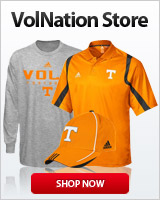THUS It will lead to the observation that in order to take out the risk of allowing endorsement income to become a side tool to skirt competitive driven salary caps, that the players sign up for initial entry into the league by a draft process, and movement by multi year trade restrictions and some free agency rules. Obviously legal. Same issue for NIL’s potential for the current scholly and care driven instead of salary model.
Possible solution path would be a new division players can select to be a part of if they want the freedom to earn OVER a defined amount of NIL. WHAT % of players are really getting game changing money, say over 25k? Find a number. Play anywhere for less or portal up if you want or deserve more. A major realignment, maybe tradition painful, but meets loose requirements that SCOTUS put out there to ALLOW it. Would still keep all the money in the NCAA, and let slightly modified D1, D2, and D3 go on down the road where there is already variability in schollys, and other participation rules and regs. Also obviously legal.
Nobody is fearing wing, mattress, and car lot deals impacting competitive balance.
I don’t think a decision about Dartmouth will carry the day anymore than a Nothwestern decision not that long ago.
A multi-tiered organization has to provide adequate path to kids earning money while playing.


